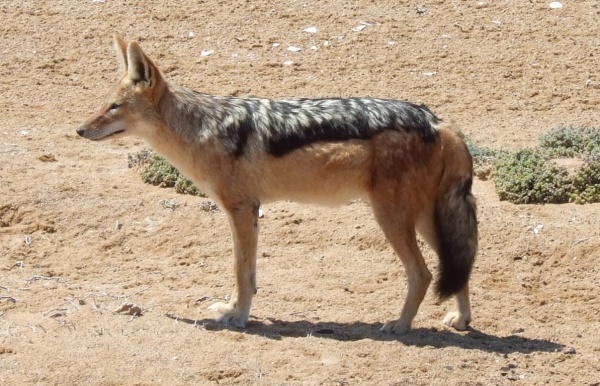Facts About Jackal
Jackals are intriguing, medium-sized mammals that belong to the Canis genus, which also includes wolves, coyotes, and domestic dogs. These adaptable creatures are known for their omnivorous diet and opportunistic feeding habits. When we talk about jackals, we typically refer to three specific species: the black-backed jackal, the side-striped jackal, and the golden jackal.
Jackals are built for survival. They have long legs and curved canine teeth, which are ideal for hunting small to medium-sized animals and scavenging for food. Their bodies are designed for endurance, enabling them to run long distances without tiring easily.
These animals are most active during the twilight hours of dawn and dusk. They typically live in monogamous pairs that fiercely defend their territory. While they usually prefer to hunt alone or in pairs, jackals sometimes come together in small packs to scavenge.
The word "jackal" has an interesting history. It derives from various languages, with the English term evolving from French and Persian origins.
There has been some debate over the classification of jackals within the animal kingdom. Some scientists once thought they belonged in a separate genus, but today they are classified under Canis. This genus also includes dogs, wolves, and coyotes, all of which share 78 chromosomes. Interestingly, when jackals are bred with dogs, the offspring often suffer from decreased fertility and genetic disorders, highlighting the complex genetic relationships within this group.
Jackals have also made their mark in folklore, mythology, and literature. In Egyptian mythology, the god Anubis, who is associated with mummification and the afterlife, is often depicted with a jackal head. In the Bible, jackals are symbols of desolation and loneliness. Indian and Pakistani literature often portrays jackals as clever and cunning creatures. Depending on the culture, jackals can symbolize courage, a divine presence, or other significant qualities.

 Algeria
Algeria